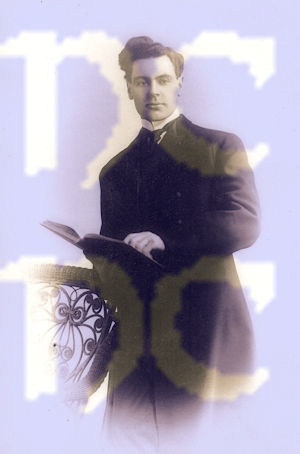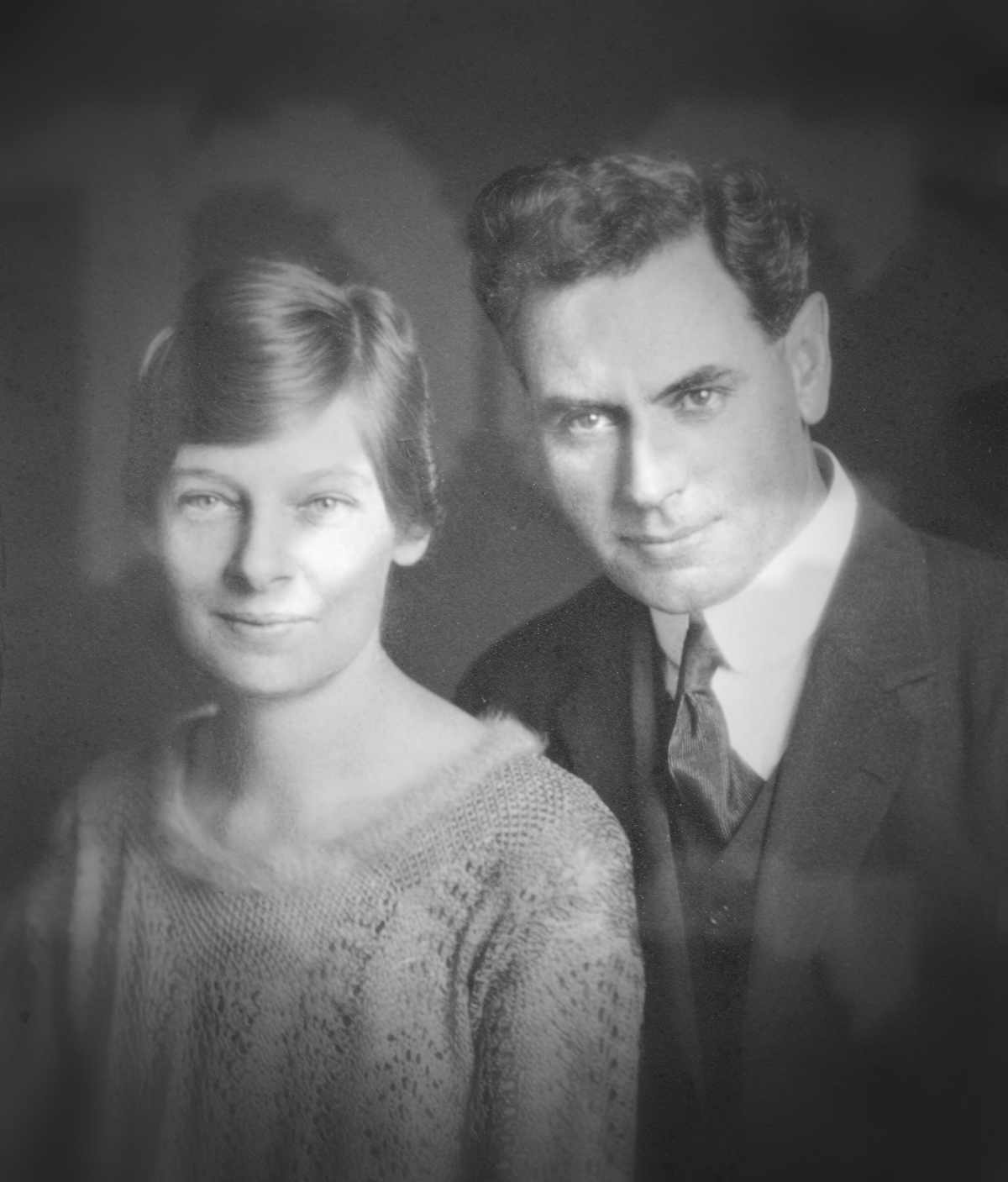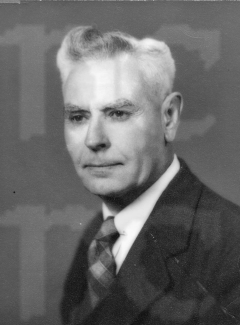
c.1920


1924: newly-wed Grace Salter and Rev. Kemp
The Canadian Mission to Trinidad 1868-1975
Though not directly related to Naparima College, these notes are kept here for interest and insight.
Rev. Grant in the field
Grant School, 1870
The Role of the Converted, 1870's
Training for Teachers and Catechists, 1880's
A Letter from Kate Grant, 1882
Trinidad Missionary Outreach to Neighbouring Colonies
Susamachar Church
Toward a Theological College, 1890
Iere Home for Girls, 1890
Example of Statistics kept by the Mission, 1900
Rev. Grant on Naparima College
Canadian Missionaries to Trinidad
Early Missionary Women Teachers
Schools of the Mission, 1960
Voyage to Trinidad: John Morton, 1868
The Transport of the Times, 1868
A Tale of Two Mirrors, 1990
Main NC-Forever Page
| 
c.1945
|
By the turn of the century, under the constant direction and development of the two founding missionaries, the 30-year-old mission was very well established. Its crowning achievements, as markers of its progress, had been set in place, notably: a theological college, a teacher's training college, a boys high school with a girls high school soon to come; the Iere Home for Girls; the Archibald Institute in Tunapuna; scores of elementary schools in every village in south and central Trinidad; two fine churches in San Fernando and Tunapuna; and a handful of native presbyterian ministers - all based on thousands of converts to the Presbyterian church.
How to pass on these historic changes in Trinidad society must have been an issue that confronted its founders, contemplating their retirement from the field. Their answer lay partly in finding and placing their trust with a new generation of like-minded, understanding missionaries.
This second generation of the faithful appeared on the Trinidad landscape in the form of missionaries like Miss Adella J. Archibald, Miss M. G. Beattie and Mrs Sarah Morton (wife of the founder); local personnel like Rev. Henry Laltoo, Rev. Lal Behari, Miss Doon, and local "catechists" and "bible-women" in every village; ministers like Dr F. J. Coffin, Rev. W. I. Green, Rev. Harvey Morton and Rev. J. C. Macdonald - and none so stalwart and faithful to the cause as Rev. Dr. H. F. Kemp, for some forty years following the founders' personal retreat.
Dr. Kemp, like many of the missionaries, came from a small rural community in Nova Scotia, obtained his academic credentials at Pine Hill in Halifax, and once wedded to the mission in 1914, served steadily and consistently in all areas of its administration and development for 40 years. He was principal or headmaster of a fledgling Naparima College for two years; and then in subsequent years taught at the theological and training colleges; and then, working out of Couva, became the "go-to" practical administrator for most of the Mission's elementary schools in south and central Trinidad. (In 1882, there were 18 schools and 800 pupils; in 1922, there were 81 schools and 15,000 pupils - this attendance doubling by the time of Dr Kemp's departure). At various times, he was also the Moderator or pastor for local congregations. Through the years, many of the ministers would be available to participate in church functions or affairs for any congregation.
Thus, generations of native workers within the Mission met Dr Kemp at high school, then were taught by him (and other Mission ministers) at teacher's training college for example, and then were more or less indirectly under his guidance for the rest of their careers; or knew him as their minister. This is a cradle for legend and fond personal regard, though nothing in Dr Kemp's personality projected or encouraged this. He was a combination of modesty and firmness of duty - both characteristics that coincided with ideals of religions other than Christianity. 
In 1924, Dr Kemp married Grace Salter of Winnipeg, (somewhat to the surprise of local matchmakers who had quietly been pairing him with Miss Beattie at Naparima Girls High School). Miss Beattie continued to serve at NGHS until the 1950's including a long period as principal. Mrs Kemp also taught at NGHS for some years. Dr Kemp's wedding on the NGHS grounds was a high point, gathering many of the missionaries in service at that time.
Dr Kemp continued in his missionary roles for a further 30 years. The encomium delivered at a farewell address in Waterloo C.M. reflects the regard and gratitude of some of the local congregation, and indeed all across the island who knew Rev Dr H F Kemp.
During his summer breaks, perhaps drawing on connections with Maine relatives who operated schooners on the Grand Banks, Dr Kemp would travel back to "the Cape" by schooner to stay with his mother on their 100-acre rural property. With dogged perseverance over the same years, he personally built a stone wall around these premises, that stands today.
Dr Kemp passed away on November 5, 1960, six years after his retirement; he is laid to rest not far from the place of his birth.
|



